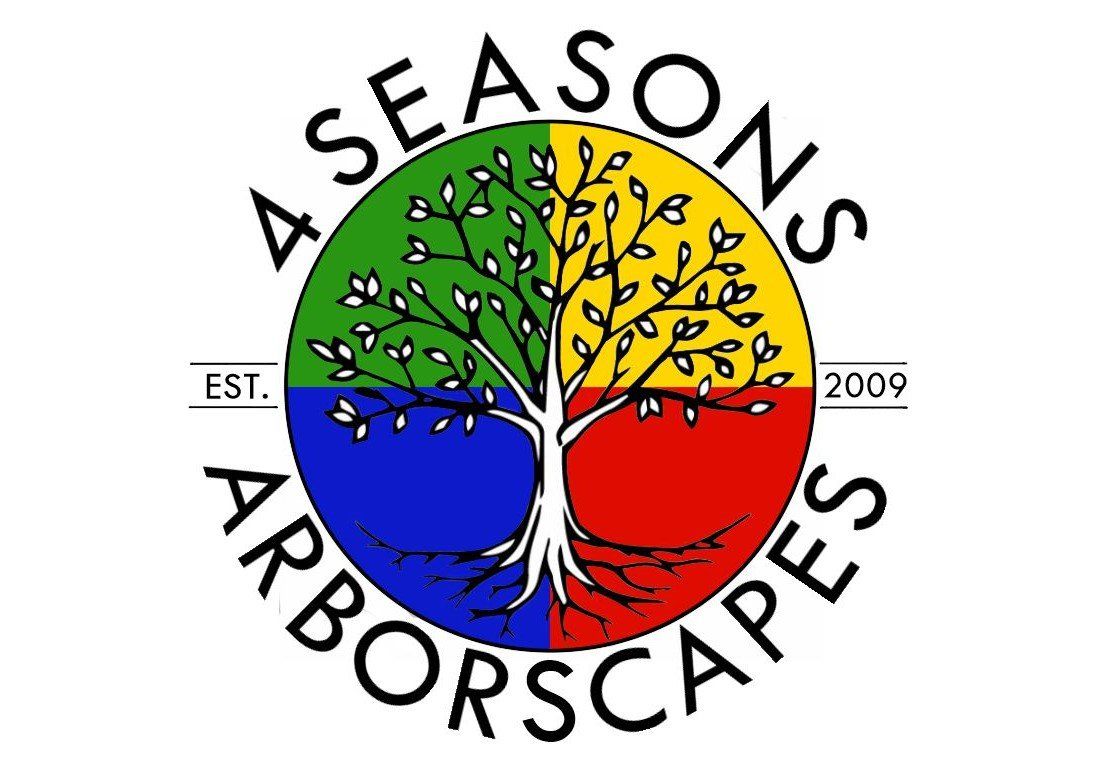Benefits of Protecting Trees Near Construction Zones
1
Prevents costly damage
Avoid future costs from tree failure, property damage, or fines.
2
Maintains compliance
Meet local regulations and permit requirements for tree protection and removal.
3
Improves site planning
Make informed decisions early to avoid delays and redesigns.
4
Preserves property value
Maintain mature trees that add shade, curb appeal, and ecological benefit.
Types of Construction Site Services We Offer
Tree Health & Risk Assessments
Before any work begins, we evaluate the condition of trees on or near the construction site. Using industry-standard assessment techniques, our certified arborists identify signs of decay, structural instability, pest infestations, and other risk factors. This allows us to recommend whether a tree should be preserved, monitored, or safely removed. These assessments help you avoid future hazards and liability while ensuring the safety of your crew and future site occupants.
Tree Identification & Inventory
We perform a detailed survey of all existing trees on the property, documenting species, size (DBH), condition, and location. This tree inventory can be essential for meeting local regulations, permit requirements, or project planning. It also helps determine which trees are worth preserving and how to best integrate them into the future landscape. Each inventory is accompanied by recommendations and an easy-to-understand map or report tailored to your project needs.
Pre-Construction Land Clearing
When trees must be removed to make way for construction, we provide professional land clearing services with minimal disruption to surrounding vegetation and infrastructure. Our crews are trained in low-impact techniques that reduce soil compaction and erosion, and we responsibly handle brush disposal and tree debris. Whether you're clearing an entire lot or just making room for an access road or foundation, we get the job done quickly and cleanly.
Tree Protection During Construction
Preserving trees near a construction site requires more than just good intentions. We install physical protection zones—including fencing, signage, and barriers—to keep machinery, materials, and foot traffic away from critical root zones and trunks. We also provide ongoing monitoring during construction to catch early signs of stress and offer guidance on adjustments. These measures not only help save mature trees but also keep you compliant with municipal tree protection ordinances.
Situations Requiring Support or Protection Systems
Certain construction activities can put nearby trees at serious risk—even if they’re not directly in the way. That’s why professional construction site tree management services are essential for preventing long-term damage and maintaining compliance with local tree protection laws. If you're planning a project near trees, these are common situations where tree management services may be necessary:
- New home construction, additions, or major renovations near established trees
- Excavation, trenching, or grading that affects a tree’s root system
- Sidewalk, driveway, or foundation installation close to tree trunks
- Demolition work on tree-lined residential or commercial properties
- Drainage or utility projects near root zones or canopies
- Sites with tree protection ordinances that require preservation plans or permits
- Commercial or multi-use development projects with existing trees onsite
Without proper protection, construction damage can lead to declining tree health, safety hazards, or expensive removals later on. Our certified arborists provide proactive solutions for tree preservation during construction, including protection planning, risk assessments, and post-construction tree care.
Find Construction Site Tree Services Near Me
Chester Springs
Phoenixville
West Chester
Horsham
Wayne
Philadelphia
Exton
Conshohocken
Berwyn
Malvern
Kennett Square
Birdsboro
Narberth
Norristown
Coatesville
Downingtown
Devon
Chestnut Hill
Pottstown
Media
Collegeville
Merion Station
Spring City
Limerick
Royersford
Radnor
Warwick
Frequently Asked Questions
Do I need tree management even if I'm removing all the trees?
Yes. Cities often require inventories and permits, and improper clearing can lead to fines or damage to neighboring trees or structures.
Can trees be protected without halting construction?
Absolutely. We design tree protection plans that align with your construction timeline and site access needs.
How early should I involve a tree professional?
The earlier the better. Ideally during the planning phase; this gives you the most options for preservation and permits.
Can damaged tree recover after construction?
Sometimes yes, but it depends on the extent of the damage. Our post-construction evaluations can recommend treatments like soil amendments, root stimulation, or pruning to help trees recover. In some cases, tree removal may still be the safest option.




